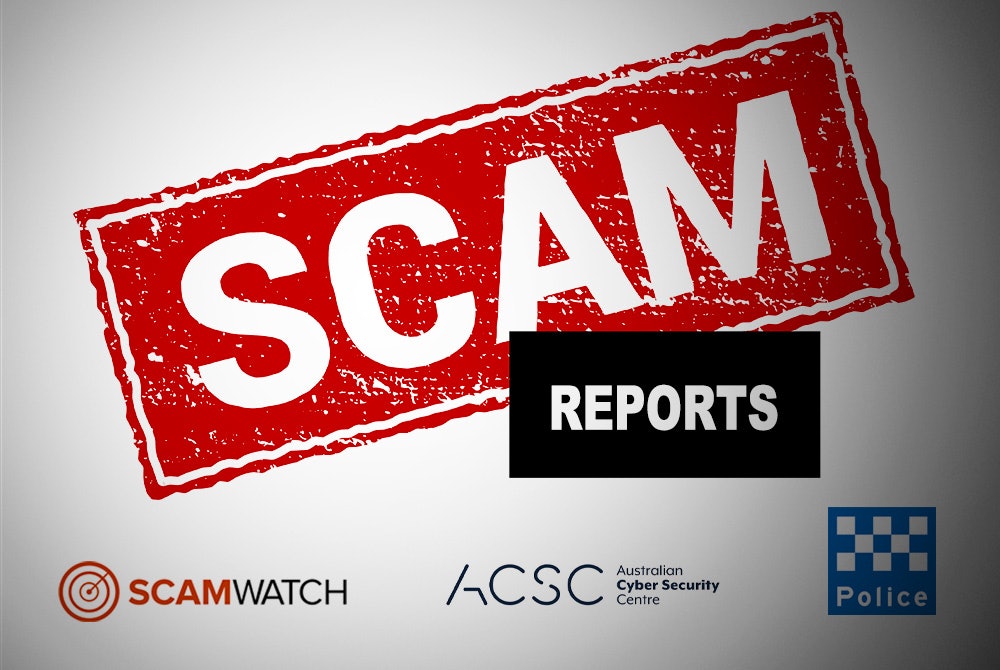Pest control is a crucial aspect of maintaining a healthy and comfortable environment, whether in residential, commercial, or agricultural settings. As pests become more resistant to traditional methods and environmental concerns grow, finding innovative and effective indianapolis bed bug treatment strategies is essential. This article explores modern approaches to pest management, emphasizing integrated pest management (IPM) and eco-friendly practices.
Understanding the Challenge
Pests, including insects, rodents, and other unwanted organisms, can cause significant damage to property, spread diseases, and negatively impact the quality of life. Traditional pest control methods often involve chemical pesticides, which can be harmful to both humans and the environment. As awareness about the risks of chemical exposure increases, there is a growing demand for safer and more sustainable pest management solutions.
Integrated Pest Management (IPM): A Holistic Approach
Integrated Pest Management (IPM) is a comprehensive strategy that combines multiple tactics to manage pest populations effectively and sustainably. The core principles of IPM include:
- Prevention: The first line of defense involves minimizing conditions that attract pests. This can include sealing entry points, maintaining cleanliness, and implementing good sanitation practices.
- Monitoring: Regular inspection and monitoring help in early detection of pest problems. By identifying the pest species and understanding their lifecycle, more targeted and effective control measures can be applied.
- Identification: Accurate identification of pests is crucial for selecting the most appropriate control methods. Misidentification can lead to ineffective treatments and unnecessary risks.
- Control Methods: IPM employs a combination of biological, cultural, physical, and chemical control methods. For example:
- Biological Control: Utilizing natural predators, parasites, or pathogens to control pest populations. Examples include releasing ladybugs to control aphids or introducing nematodes to manage soil-dwelling pests.
- Cultural Control: Modifying farming or habitat practices to reduce pest habitats. Crop rotation, proper irrigation, and the use of pest-resistant plant varieties are common practices.
- Physical Control: Implementing barriers, traps, or manual removal to manage pests. Examples include using insect nets, sticky traps, or mechanical exclusion methods.
- Chemical Control: When necessary, using targeted and environmentally friendly pesticides. Modern formulations aim to minimize harm to non-target organisms and reduce environmental impact.
- Evaluation: Regular assessment of the effectiveness of pest control measures ensures that strategies are working and allows for adjustments as needed.
Eco-Friendly Pest Control Solutions
As the demand for environmentally responsible practices grows, several eco-friendly pest control solutions have emerged:
- Biopesticides: Derived from natural sources, biopesticides offer a safer alternative to synthetic chemicals. They include microbial pesticides, plant extracts, and substances derived from natural organisms.
- Integrated Pest Control Products: Modern pest control products are designed to be more targeted and less harmful to the environment. For example, some products use pheromones to attract and trap pests, reducing the need for broad-spectrum chemicals.
- Habitat Management: Creating habitats that support beneficial organisms, such as birds, insects, and plants that naturally control pest populations, helps in maintaining ecological balance.
- Education and Awareness: Educating the public about pest prevention and safe pest control practices promotes more sustainable approaches and reduces reliance on harmful chemicals.
The Future of Pest Control
The future of pest control lies in innovation and adaptability. Advances in technology, such as the use of drones for monitoring and AI for predicting pest outbreaks, offer new opportunities for effective and efficient pest management. Additionally, ongoing research into natural pest control methods and sustainable practices continues to shape the industry.
In conclusion, effective pest control requires a multifaceted approach that balances the need for pest management with environmental and health considerations. By embracing Integrated Pest Management and eco-friendly solutions, individuals and businesses can achieve a pest-free environment while contributing to a healthier planet.

